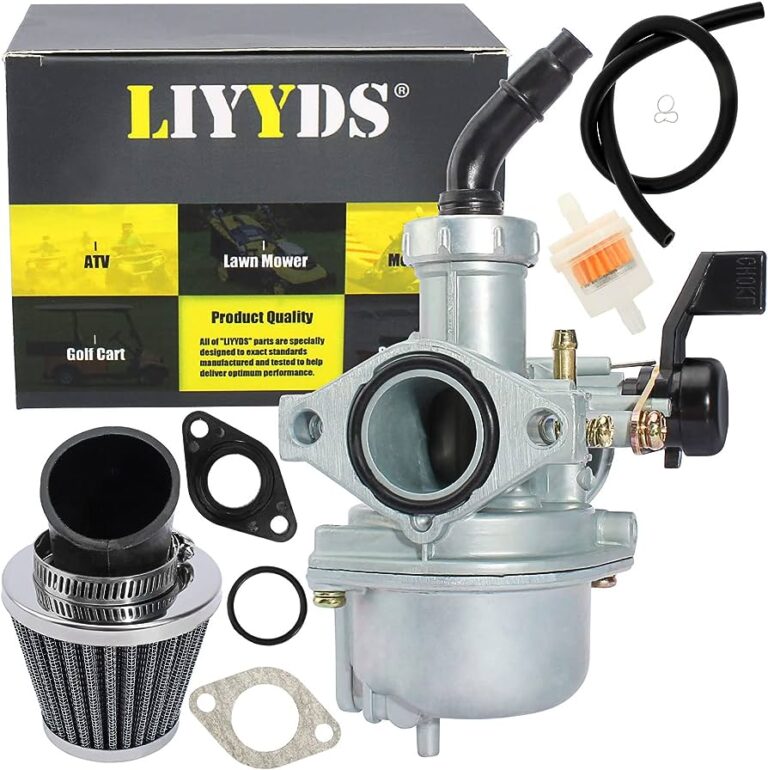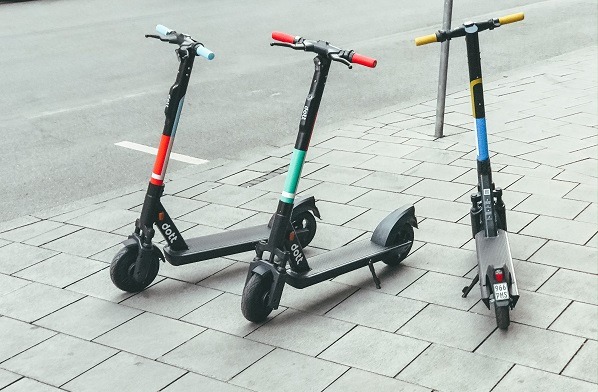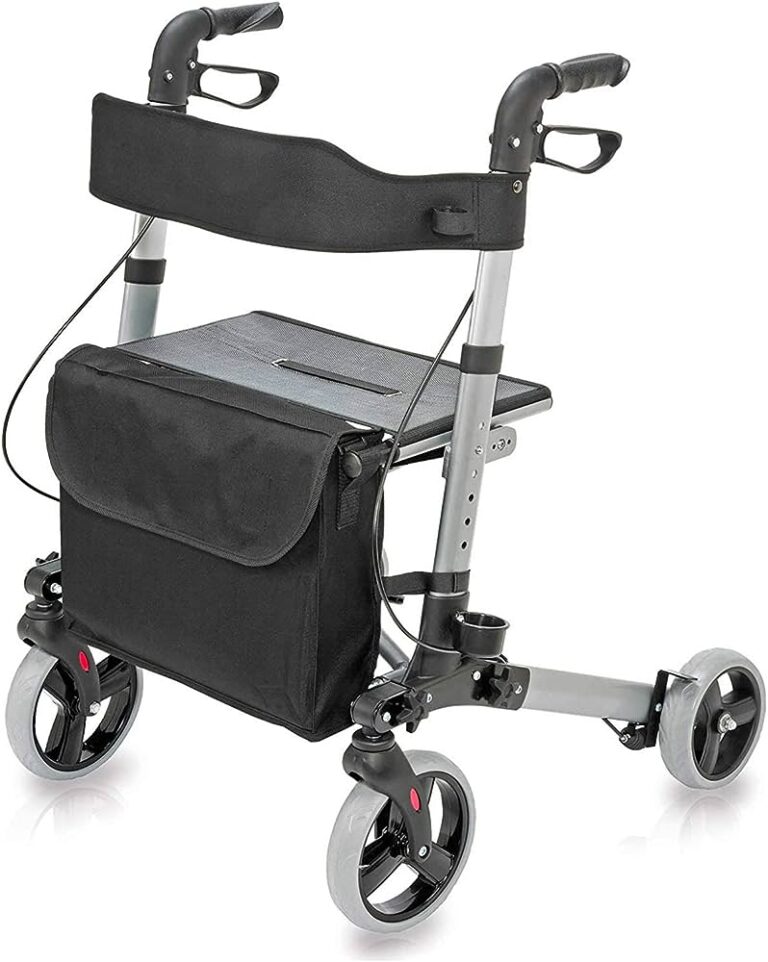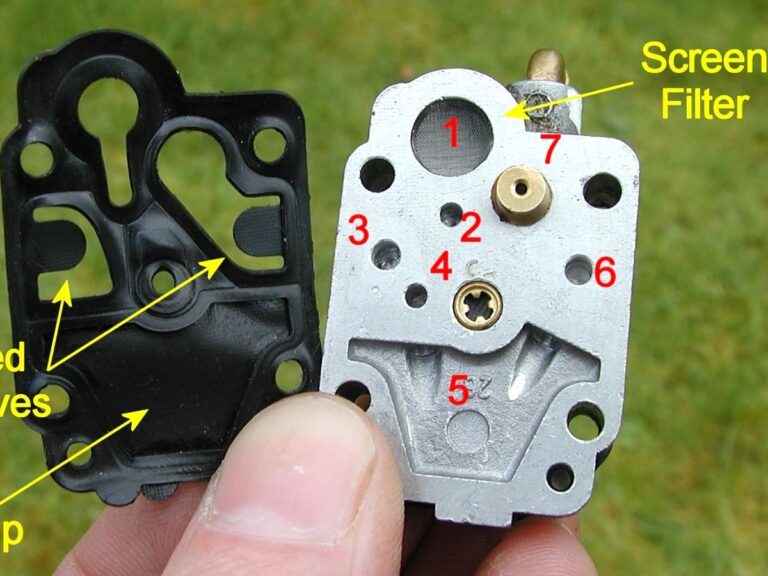Scooter Not Starting After Rain: Troubleshooting Tips to Get You Back on the Road!

Scooter not starting after rain? Check spark plug and ignition system for moisture damage.
Here’s what you need to know about troubleshooting common scooter starting issues after rainfall. Scooters are commonly affected by rain, causing starting issues due to moisture damage to the spark plug and ignition system. The spark plug may not generate a strong enough spark or may not generate any spark at all, preventing the scooter from starting.
Additionally, water can seep into the ignition system, disrupting the electrical connections and causing a loss of power. To resolve these issues, it is important to check the spark plug for signs of moisture damage and dry it thoroughly or replace it if necessary. Furthermore, inspect the ignition system for any visible moisture and use a cloth or air blower to remove it. By addressing these potential problems, you can improve the chances of your scooter starting up smoothly even after rain.
Common Causes Of Scooter Failure After Rain
Scooter failure after rain is a common issue, especially when it comes to starting problems. Excessive moisture can lead to spark plug or electrical system damage, causing the scooter to not start. Regular maintenance and thorough drying after rain can help prevent these issues.
After a heavy rain, it can be frustrating to find that your scooter won’t start. Wet and flooded conditions can create challenges for your scooter’s ignition system, spark plug, and fuel tank. Let’s explore the common causes of scooter failure after rain and what you can do about them.
Wet Ignition System
- Condensation: Moisture can accumulate in the ignition system due to temperature changes, leading to poor electrical connections.
- Wet wires: Exposed or damaged wires can get wet during rain, causing a disruption in the electrical current.
- Damp ignition coil: The coil, responsible for generating high voltage for the spark plug, can become damp and fail to provide a strong spark.
Wet Spark Plug
- Water ingress: Rainwater can seep into the spark plug chamber, making it difficult for the spark to ignite the fuel-air mixture.
- Poor insulation: If the spark plug wires are worn or damaged, water can enter the spark plug well, resulting in a weak or no spark.
- Corrosion: Moisture can lead to corrosion on the spark plug electrodes, inhibiting proper ignition.
Water In The Fuel Tank
- Contaminated fuel: Rainwater might find its way into the fuel tank, diluting the fuel and affecting the combustion process.
- Fuel filter saturation: Excessive water in the tank can cause the fuel filter to become saturated, hindering the flow of fuel to the engine.
- Carburetor issues: Water entering the carburetor can disrupt the fuel-air mixture, causing starting problems.
In case your scooter fails to start after rain, here are a few troubleshooting steps to consider:
- Dry the ignition system thoroughly before attempting to start the scooter.
- Check the spark plug and clean it if necessary. Replace it if damaged or heavily corroded.
- Drain and refill the fuel tank if water contamination is suspected. Consider using a fuel additive to remove excess moisture.
- Inspect the fuel filter and replace it if saturated or clogged.
- If the problem persists, seek professional assistance to diagnose and resolve any underlying issues.
Remember, preventive measures such as covering your scooter during rain or parking it in a sheltered area can help minimize the chances of encountering these issues. Regular maintenance, including checking and cleaning the ignition system, spark plugs, and fuel system, can also contribute to reliable scooter performance, rain or shine.

Credit: www.denniskirk.com
Steps To Diagnose And Fix The Issue
Having trouble starting your scooter after it’s been exposed to rain? Follow these steps to diagnose and fix the issue promptly. Discover the common causes and simple solutions to get your scooter running smoothly again.
Scooter Not Starting After Rain
Rain can often cause issues with scooters, especially when it comes to starting them. If you’re facing this problem, don’t worry, as there are steps you can take to diagnose and fix the issue. Below, we’ll outline some troubleshooting techniques to help you get your scooter up and running again.
Check The Ignition System
The ignition system is essential for starting your scooter. If there’s a problem with it, it can prevent your scooter from starting, particularly after being exposed to rain. Here are the steps to check the ignition system:
- Inspect the Ignition Coil: Look for any signs of damage or corrosion on the ignition coil. If you notice any issues, it may need to be replaced.
- Examine the Spark Plug Wire: Check the spark plug wire for any cracks or breaks. A damaged wire can lead to a weak spark or no spark at all. If necessary, replace the wire.
- Dry the Ignition System: If the ignition system is wet, use a clean cloth or compressed air to dry it thoroughly. Moisture can interfere with the spark, preventing the scooter from starting.
Examine The Spark Plug
A faulty spark plug is a common cause of scooter starting issues, especially after rain. Follow these steps to examine and address any spark plug-related problems:
- Remove and Inspect the Spark Plug: Take out the spark plug and inspect it for fouling, corrosion, or wear. If it appears dirty or damaged, it may need to be cleaned or replaced.
- Clean or Replace the Spark Plug: If the spark plug is dirty, carefully clean it using a wire brush and a solvent. However, if it’s excessively worn or damaged, it’s best to replace it with a new one.
- Reinstall the Spark Plug: Once the spark plug is clean or replaced, reinsert it into the scooter and ensure it is tightly secured. This will help facilitate a strong spark and improve starting performance.
Deal With Water In The Fuel System
Water contamination in the fuel system can also hinder scooter starting. To address this issue, follow these steps:
- Drain the Fuel Tank: Remove the fuel tank and drain out any water or contaminated fuel. Dispose of the old fuel properly.
- Replace the Fuel Filter: If you suspect water contamination, it’s crucial to replace the fuel filter. Water can damage the filter and restrict fuel flow.
- Clean the Carburetor: Water in the fuel system can lead to carburetor issues. Clean the carburetor thoroughly, ensuring that all passages are clear and free from any debris.
By following these steps, you can diagnose and fix the issue of your scooter not starting after rain. Remember to prioritize safety while conducting any maintenance tasks, and if the problem persists, don’t hesitate to consult a professional mechanic.
Additional Tips To Prevent Scooter Issues In Wet Conditions
Prevent scooter issues in wet conditions by keeping the scooters covered, drying off any moisture before starting, using a waterproof scooter cover, checking the spark plug, and ensuring the scooter is well-maintained with regular servicing and battery checks. Follow these tips to avoid scooter starting problems after rain.
Regularly Maintain Your Scooter
- Keep your scooter in top condition by following these maintenance tips:
- Check the battery: Ensure the battery is secure and free from corrosion. Clean the terminals regularly to prevent starting issues.
- Inspect the spark plug: Make sure the spark plug is clean and properly gapped. Replace it if necessary to improve ignition.
- Change the air filter: A clogged air filter can hinder airflow and cause starting problems. Replace or clean it regularly.
- Maintain proper tire pressure: Check the tire pressure frequently to ensure optimal traction and handling, especially in wet conditions.
- Lubricate moving parts: Regularly apply lubricant to the scooter’s moving parts to prevent rust and ensure smooth operation.
Protect The Ignition System From Moisture
- Prevent moisture-related starting issues by taking the following precautions:
- Cover the scooter: When not in use, park your scooter in a covered area to shield it from rain and moisture.
- Use a waterproof cover: Invest in a high-quality waterproof cover to protect your scooter when parking outdoors.
- Seal the ignition system: Apply dielectric grease to the ignition system components and connectors to repel moisture.
- Avoid riding through deep water: Driving through deep puddles or flooded areas can lead to water infiltration in the ignition system.
Keep The Fuel Tank Covered
- Rainwater entering the fuel tank can lead to starting problems. Take these measures to prevent such issues:
- Use a fuel cap cover: Invest in a fuel cap cover or seal to prevent rainwater from entering the tank.
- Regularly inspect the fuel cap: Ensure the fuel cap is tightly closed and free from damage or cracks that may let water in.
- Avoid parking at an angle: If you park your scooter on a slope, rainwater may accumulate around the fuel cap, increasing the risk of water entry.
- Be vigilant during rain: In case of unexpected rainfall, try to park your scooter under a shelter or find a temporary cover to protect the fuel tank.
Remember, regular maintenance, protecting the ignition system, and keeping the fuel tank covered are crucial in preventing scooter issues, especially in wet conditions. By following these tips, you can ensure your scooter starts effortlessly, rain or shine.
Frequently Asked Questions For Scooter Not Starting After Rain
How Do You Start A Scooter After Rain?
To start a scooter after rain, follow these steps: 1. Wipe off any excess water from the scooter’s surfaces. 2. Check the spark plug and clean it if necessary. 3. Turn on the scooter’s ignition and slowly twist the throttle while pressing the electric starter.
4. Allow the scooter to warm up for a few minutes before riding it.
Why Wont My Moped Start After Rain?
Exposure to rain can cause moped starting issues due to moisture affecting the electrical components.
Why Wont My Engine Turn Over After Rain?
Rain can cause moisture to enter the engine, affecting the electrical components and preventing it from starting.
Can A Scooter Be Left Out In The Rain?
Yes, it’s okay to leave a scooter out in the rain. However, it’s advisable to cover it to protect it from water damage.
Conclusion
A scooter not starting after rain is a common issue that many riders face. While it can be frustrating, there are several steps you can take to troubleshoot and resolve the problem. First, check for any signs of moisture or water ingress in the electrical components and connections.
Ensure they are dry before attempting to start the scooter again. Secondly, inspect the spark plug to make sure it is not wet or damaged. If necessary, clean or replace it. Additionally, try kick-starting the scooter instead of relying solely on the electric starter.
This can sometimes help overcome any short-term moisture-related issues. Lastly, consider investing in a waterproof cover for your scooter to protect it from rain and other weather elements. By following these simple steps, you can get your scooter back up and running after rain showers and enjoy a hassle-free ride.






